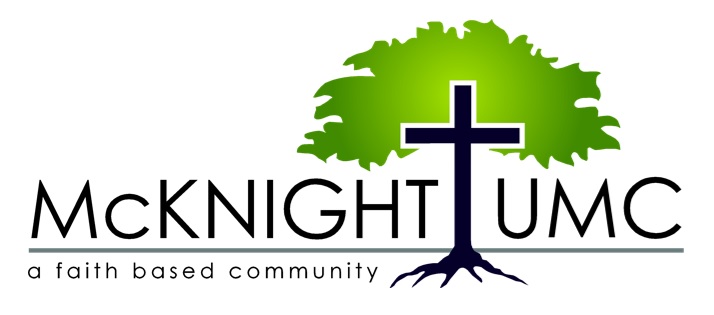Most every celebration of an anniversary of whatever sort (and a birthday fits that idea too, as it’s obviously the yearly anniversary of a particular day) involves a meal, or at least some sort of food. Often there is cake. And it’s not unusual that there is a toast—a raising of a glass of some shared beverage appropriate to the occasion—in honor of what that day represents. So the idea of gathering with others to share food and drink to honor and remember some important anniversary—that’s not a strange idea for us. In one sense, that is what Holy Communion is—we gather together to share in the particular food and particular drink—bread and grape juice (fermented or unfermented)—to recall the first time Jesus did that with his disciples on a day that ended up being a key day in the life of the people of faith. Jesus spoke of the bread as his body, the juice as his blood, and reminded them to “do this in remembrance of me.” Holy Communion is an anniversary meal, among other meanings.
We also prioritize particular foods at particular celebrations. Obviously birthday cake is cake like any other cake, but particularly named for the celebration it is being used for (and sometimes has that little something extra besides writing in icing on top of it). Pork and sauerkraut are often New Year’s food in many households. Thanksgiving, of course, is turkey and stuffing and cranberry sauce (is there any other time when we have cranberry sauce?). Christmas might be ham in some households, turkey in others. assign meaning to particular foods. You get the drift here. And those particular foods have symbolic meaning connected with the occasion they are eaten for.
In that same way, the bread and juice of Communion connect with what Jesus used at the Last Supper—but here is where the comparison isn’t parallel, but rather escalates. Pork and sauerkraut may commemorate the new year, but I don’t believe that pork and sauerkraut symbolize the new year like the bread and juice symbolize the body and blood of Christ. Some branches of the Christian faith say that the bread and juice used in Communion actually become Jesus’ body and blood. It’s not required in the United Methodist Church to agree with that—but we do believe that the power of those symbols represents the power of Jesus with us in that meal. When the two walk with Jesus on the road to Emmaus on the evening of his resurrection, not recognizing him, the moment when they do recognize him? “When he was at the table with them, he took bread, blessed and broke it, and gave it to them. Then their eyes were open, and they recognized him” (Luke 24:30-31a)
One of the “ordinances of God” that John Wesley included in his General Rules is the Lord’s Supper. Our receiving the body and blood of Christ is a way that we connect—Wesley calls it a “means of grace”. We may find that our eyes are opened, like the two who were walking with Jesus; we may sense the presence of God in the sharing of the meal. It may remind us of Jesus being with us even when we don’t realize it—and even if we don’t realize it, Jesus will still have been with us.
Holy Communion has many more meanings. Space doesn’t allow discussing all of them. But know that it absolutely does mean Jesus present with us, walking with us throughout our lives. The more we remember that, the more we’ll recognize that he is with us, and the more meaningful that celebration in Holy Communion will be for us.
NEW TESTAMENT 1 Corinthians 11:23-26
23 For I received from the Lord what I also handed on to you, that the Lord Jesus on the night when he was betrayed took a loaf of bread, 24 and when he had given thanks, he broke it and said, ‘This is my body that is for you. Do this in remembrance of me.’ 25 In the same way he took the cup also, after supper, saying, ‘This cup is the new covenant in my blood. Do this, as often as you drink it, in remembrance of me.’ 26 For as often as you eat this bread and drink the cup, you proclaim the Lord’s death until he comes.
GOSPEL John 6:27
27 Do not work for the food that perishes, but for the food that endures for eternal life, which the Son of Man will give you. For it is on him that God the Father has set his seal.’
GOSPEL Matthew 26:26-29
26 While they were eating, Jesus took a loaf of bread, and after blessing it he broke it, gave it to the disciples, and said, ‘Take, eat; this is my body.’ 27 Then he took a cup, and after giving thanks he gave it to them, saying, ‘Drink from it, all of you; 28 for this is my blood of the covenant, which is poured out for many for the forgiveness of sins. 29 I tell you, I will never again drink of this fruit of the vine until that day when I drink it new with you in my Father’s kingdom.’
GOSPEL Luke 22:19-20
19 Then he took a loaf of bread, and when he had given thanks, he broke it and gave it to them, saying, ‘This is my body, which is given for you. Do this in remembrance of me.’ 20 And he did the same with the cup after supper, saying, ‘This cup that is poured out for you is the new covenant in my blood.
